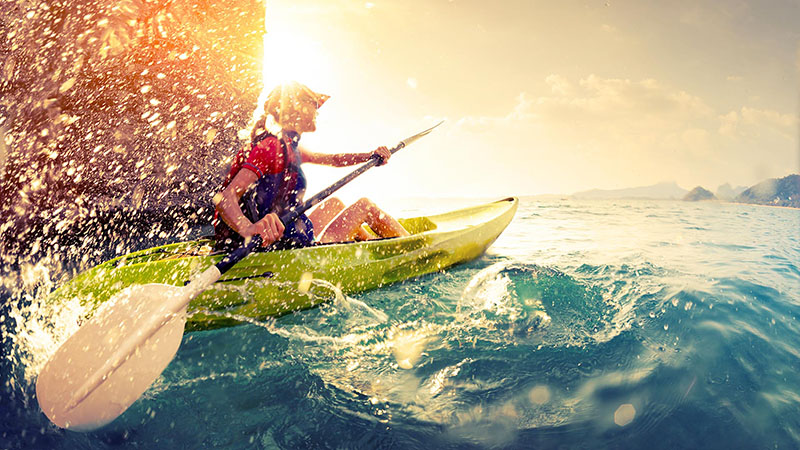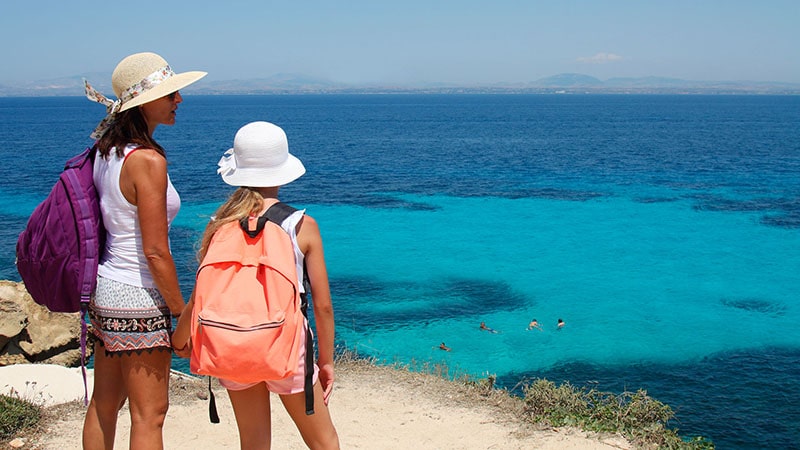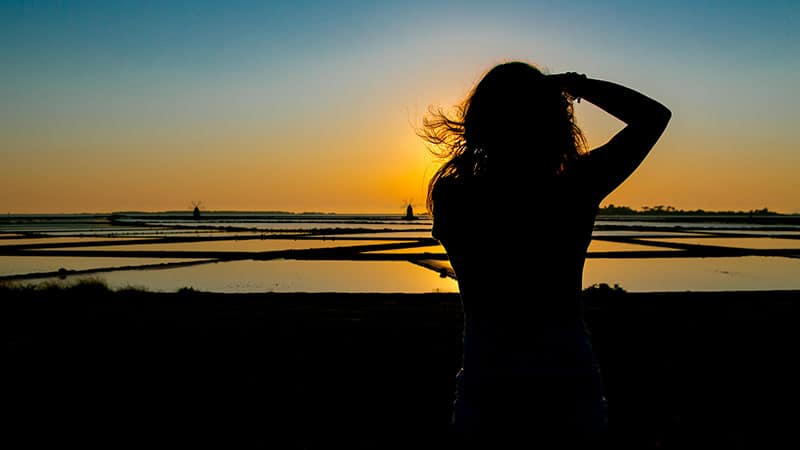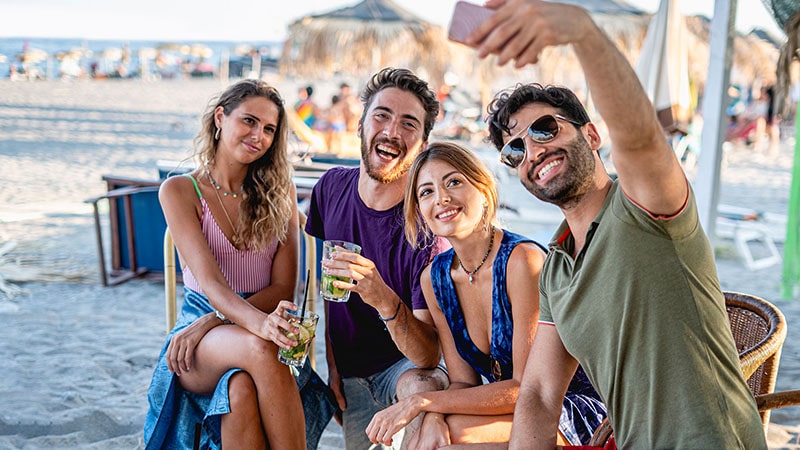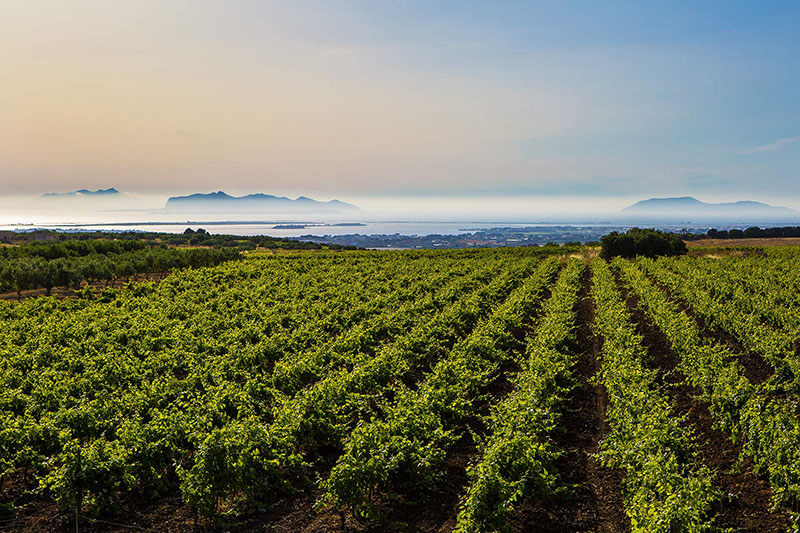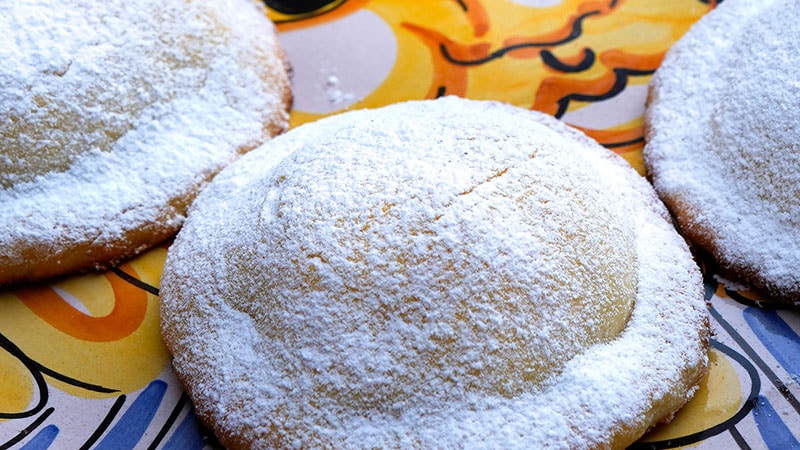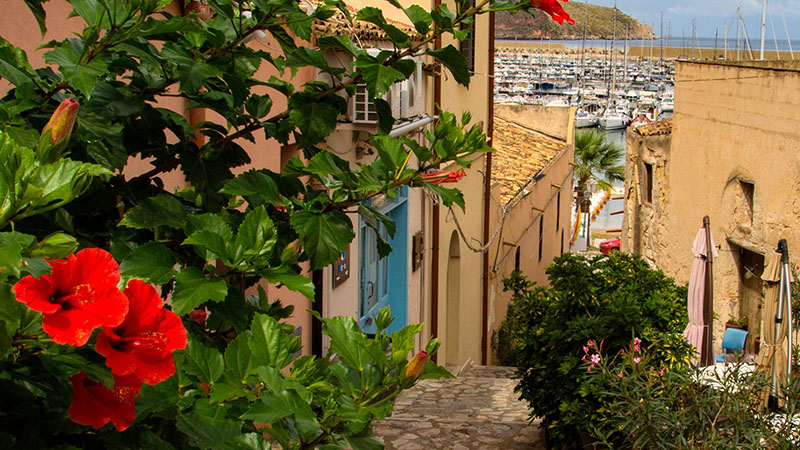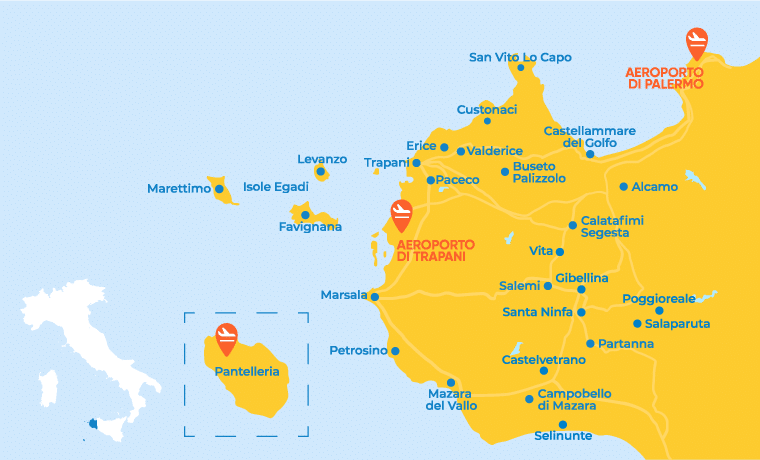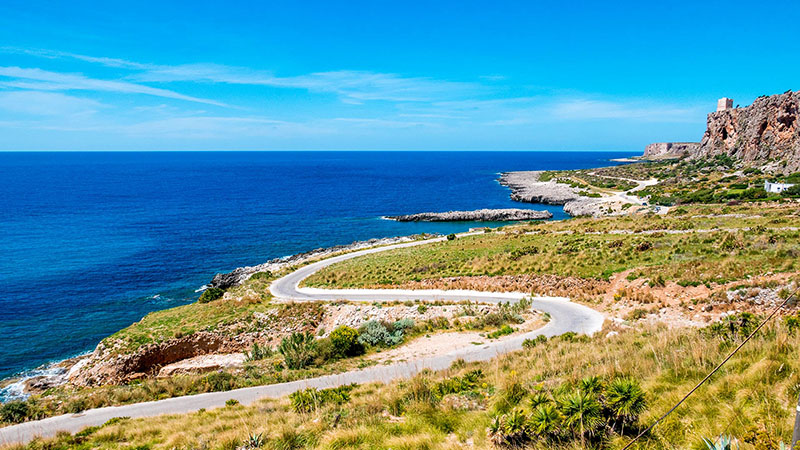Slow travel: sustainable tourism in Western Sicily
In recent years, the tourism industry has witnessed a growing demand for more authentic and sustainable travel experiences. Slow travel fits perfectly into this trend, offering a more reflective and engaging approach to traveling.
In this article, we will explore the origins of slow travel, what sustainable tourism is, and why Western Sicily is one of the best places to visit if you want to have a slow experience. Are you ready to travel slowly with us?
What is sustainable tourism?
Slow travel emerged as a response to the frenzy and alienation of mass travel, promoting a deeper and more meaningful travel experience. It is based on the idea that the quality of time spent in a place is more important than the quantity of destinations visited. This type of tourism encourages travelers to take the time to immerse themselves in the culture, history, and local traditions, establishing more authentic relationships with the people and places they visit.
The concept of sustainable tourism is deeply linked to slow travel and refers to a type of travel that seeks to minimize negative impacts on the environment and the economy of the visited place. Sustainable tourism promotes the conservation of biodiversity and natural resources, encourages respect for local communities, and supports equitable and inclusive economic development, aiming to create a balance between the enjoyment of travelers and the well-being of tourist destinations.
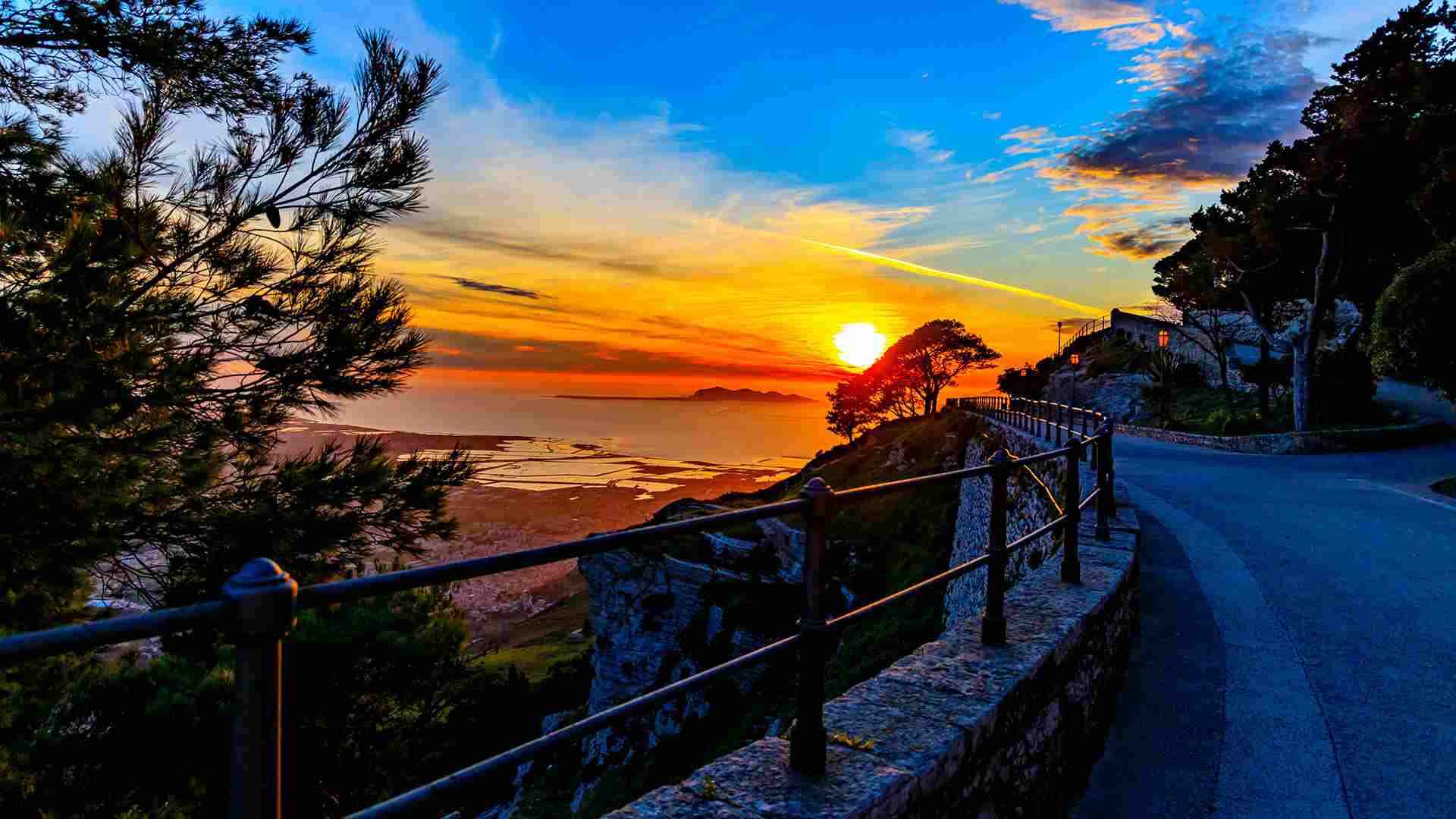
Where to do slow tourism in Western Sicily
Western Sicily is an ideal destination for practicing slow travel, thanks to its richness of landscapes, history, culture, and food and wine traditions. If you want to fully experience the philosophy of slow travel, you should also choose suitable means of transportation, for example, a good idea could be a trip to Sicily in a camper.
Here are some must-visit destinations for a slow tourism experience:
- Trapani boasts a charming historic center, with narrow cobbled streets and ancient buildings. You can visit the Cathedral of San Lorenzo, the Pepoli Museum, and the Church of Sant’Agostino. Moreover, Trapani is famous for its salt pans, where the characteristic local sea salt is produced. The nature reserve of the salt pans of Trapani and Paceco is the perfect place for nature lovers who want to learn about traditional salt processing techniques.
- Erice: an ancient village perched on the promontory overlooking Trapani, offers breathtaking views of the coast and the surrounding countryside. Erice is known for its cobblestone streets, flowery alleys, and numerous historic buildings. It is the ideal place for a relaxing walk, savoring the genovesi, typical local pastries.
- Zingaro Nature Reserve: located along the coast between Castellammare del Golfo and San Vito Lo Capo, the Zingaro Nature Reserve offers a unique opportunity to explore one of the most pristine natural areas of Sicily. With hiking trails, hidden coves, and a rich flora and fauna, the reserve is perfect for nature lovers.
- Marsala: famous for its wine, offers an authentic and sustainable food and wine experience. You can visit the historic cellars, taste the famous Marsala wine, and discover the secrets of its production. Don’t miss the historic center, with its Baroque buildings and the cathedral dedicated to St. Thomas.
- Segesta: This archaeological site is one of the most important in Sicily and includes an ancient Doric temple and a Greek theater. Segesta offers a sustainable cultural tourism experience, allowing visitors to immerse themselves in ancient history and the surrounding natural beauty.

Slow Food Presidia: A Journey into Sicilian Flavors
The Slow Food movement, established in Italy in the 1980s, aims to protect and promote unique food products and gastronomic traditions at risk of disappearing. In Western Sicily, there are several Slow Food Presidia that represent the richness of the local food and wine culture.
Here are some of the most famous:
- Vastedda della Valle del Belice: It is the only Italian stretched-curd sheep cheese, produced by cheesemakers who found defects in the cheese, which they stretched at high temperatures. The result is a fresh, oval-shaped cheese delicately scented with herbaceous and buttery notes.
- Sale Marino di Trapani: It is a historic product of the area, obtained through the evaporation of seawater in local salt pans. The Presidium supports traditional and sustainable salt production, protecting the landscape and biodiversity.
- Nocellara del Belice: It is a typical olive of Western Sicily, appreciated for its intense flavor and high oil content. The Presidium supports the traditional cultivation of Nocellara del Belice olives and the production of high-quality extra-virgin olive oil.
- Cappero di Pantelleria: A fundamental ingredient in Sicilian and Mediterranean cuisine. On the island, there are various local agricultural companies that collect and process capers according to traditional methods. Pantelleria capers are characterized by their compactness, fragrance, and uniformity, and are used in various Sicilian dishes to add flavor.
- Melone cartucciaru di Paceco: A yellow melon with a characteristic elongated shape, smooth skin, and white juicy flesh, which has almost disappeared from the Trapanese countryside in recent years, replaced by more resistant and productive Spanish varieties. This variety belongs to the so-called “winter melons” that become sweeter over time and can be stored for up to two months from the time of harvest.
- Pomodoro pizzutello delle Valli Ericine: It has a bright red color and a slightly pointed round shape, is resistant to diseases, and does not require special care. It is excellent consumed fresh, dried, or transformed into puree.
- Aglio rosso di Nubia: It takes its name from a district of Paceco (TP), the bulb is usually made up of 12 cloves covered by a red-colored skin. According to tradition, it is packaged in large braids that are then hung on balconies or in cellars. It has a particularly intense flavor and, together with the pomodoro pizzutello, is one of the fundamental ingredients of pesto alla trapanese.
Slow travel and sustainable tourism offer an alternative to mass tourism, allowing travelers to experience more authentic and respectful experiences of the environment, culture, and local economy. Western Sicily, with its wealth of landscapes, history, and food and wine traditions, is an ideal destination to immerse oneself in the spirit of slow travel. From natural and cultural treasures to the delights of Slow Food Presidia, a journey through Western Sicily promises to be an unforgettable adventure for the senses and the soul.


